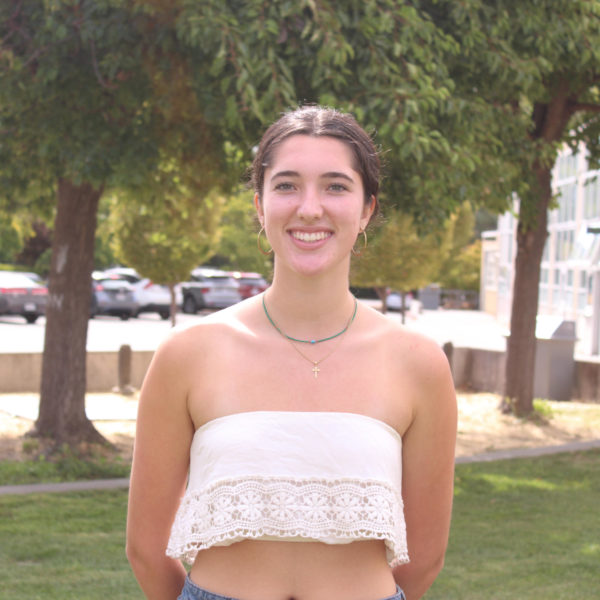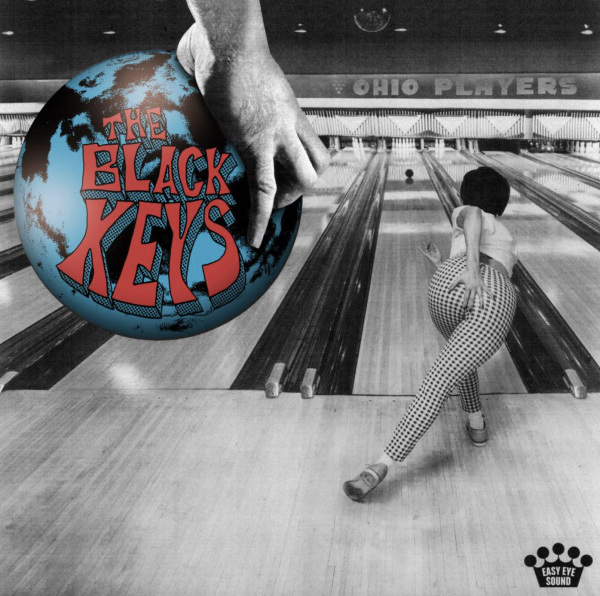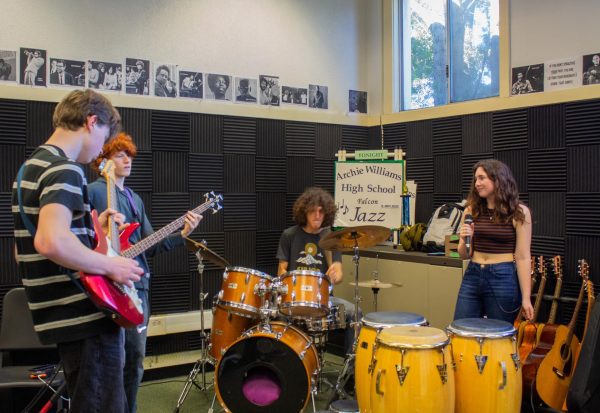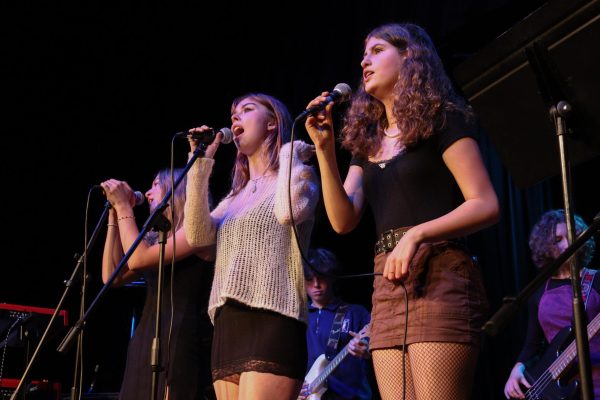¿Viva Latinx? AWHS students and staff reflect over Latinx Heritage Month

More than 20 countries are celebrated along with their cultures during Latinx Heritage Month.
Nationally celebrated every year, Latinx Heritage Month highlights the accomplishments, resiliency, and traditions of the Latinx populations in the United States. However, many people at AWHS feel that there is still not enough being done to fully acknowledge the contributions of these cultures to our society.
From Sept. 15 to Oct. 15 each year, Costa Rica, El Salvador, Guatemala, Honduras, Chile and Mexico all celebrate their independence days. Originally, Latinx Heritage Month started out as just a week to commemorate the many Latinx nations with independence days during this time, but was later extended to a month in 1988 by President Ronald Reagan. Across the U.S., people have festivals, shows, community gatherings, and other events to shine a light on the accomplishments Latinx Americans have made in society.
According to a study done by the Pew Research Center in 2020, only 3 percent of U.S. citizens of Latin descent use the term ”Latinx,” with many preferring to use other terms such as “Latino,” “Latina,” or “Hispanic.” AWHS sophomore Emily Tenorio feels that AWHS holds some responsibility in educating students about Latinx identities and cultures. She believes that everyone, no matter their race or ethnicity, should take the time to learn about cultures different from their own.
“I feel like the school could do a lot more to be more inclusive of these people and their culture, and country, and languages,” Emily said.
AWHS junior Sadie Ostria believes it is important to provide education and resources for students at AWHS to help improve how people of Latin descent are viewed and treated at school. By changing the way students view cultures different from their own, Sadie hopes to break the stereotypes that people of Latinx heritage often face.
“Obviously some people are going to be ignorant on purpose and are not gonna want to learn. They’re going to continue saying stupid things but I think if our school did something, there would be a diffference on how the people at our school treat the hispanic community,” Sadie said.
Emily and Sadie have worked together to take action to prevent further ignorance and provide a safe space for people of color at AWHS by starting the Racially Inclusive Student Efforts club. The club meets every Wednesday during lunch to create a positive environment for all people of minority ethnicities to discuss topics and questions in order to advance towards breaking racial stereotypes.
“We started this club so people could feel safe and have conversations that really are never talked about and people are just too uncomfortable to talk about certain topics that we feel are really important and maybe if they were talked about at our school there would be a difference,” Sadie said.
According to AWHS teacher LoRayne Ortega, one way to be more inclusive of non-white cultures is by involving people of these cultures in the curriculums at school and diversifying the sources that teachers and students learn from. Ortega is the teacher for Students Taking Action for Anti-Racism (STAAR) at AWHS, along with English Language Development (ELD) and Advancement Via Individual Determination (AVID).
“I think it is really important that we highlight the different months, in this case Latinx heritage month, and that we aren’t just focusing on the history relating to traumatic events that have happened but that we are focusing on the resiliency and resistance and the joy that comes from these communities,” Ortega said.
Similarly to Ortega, AWHS English teacher Diana Goldberg takes class time to incorporate education and inclusion of non-white cultures. Whether it is through watching videos about the celebration of Latinx Heritage Month or reading books by authors of Latinx heritage, Goldberg says that she makes sure to include diverse voices in her resources as an educator.
“There is still a lot of the curriculum in all subjects, still focused on a predominantly white, European history. We should be able to challenge that. There are so many amazing resources online, I feel so lucky, even just here in the Bay Area, like KQED to Vice to Amplifier, there’s all these cool resources that are making it really accessible to make sure we diversify our curriculum and make it equity based in every subject,” Goldberg said.
Goldberg believes that there are “pockets” of the school that do celebrate Latinx Heritage Month, but not so much on a school-wide scale.
“We should not have to hold a month to focus on these different communities. Yet, because our curriculum tends to be euro-centric, male-centric, white centric, we have to do these months,” Ortega said.
Ortega and Goldberg believe that many schools have a predominately white curriculum. To Grant Guild, a sophomore at AWHS, this is even more of a reason to take time in school to learn about Latinx or minority cultures.
“I mean, when we are in school we learn so much about white culture, why shouldn’t we learn about African culture, Eastern European culture, and Hispanic Culture?” Grant said.
Although Latinx Heritage Month is commemorated by select groups at AWHS, many feel that Latinx cultures are not recognized enough during the rest of the year, and hope they can make a change.
Your donation will support the student journalists of Archie Williams High School. Your contribution will allow us to purchase equipment and cover our annual website hosting costs. Each donation will receive a magazine subscription for a year (6 copies a year), and become a part of the important work our publication is doing.
$35 -- Subscription to the magazine
$50 -- Silver Sponsorship
$75 -- Gold Sponsorship
$100 -- Platinum Sponsorship

Jasmin is a senior, in her third year of journalism. She enjoys eating grapes and pretzels at the same time. You can often find her listening to Bad Bunny...

Neve is a sophomore, in her second year of journalism. She loves water and nature, reading, and hanging out with friends. You can find Neve in her room...











